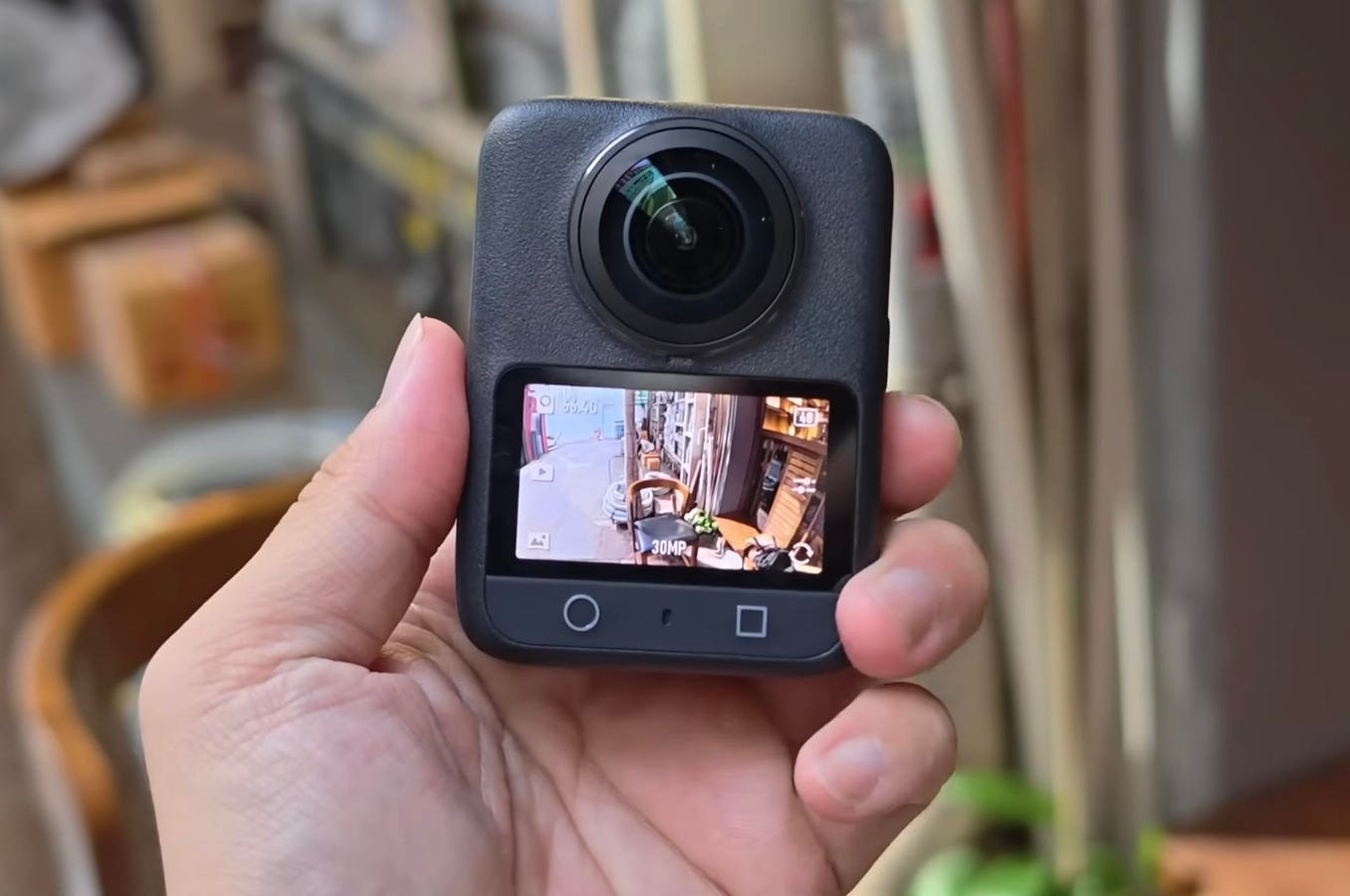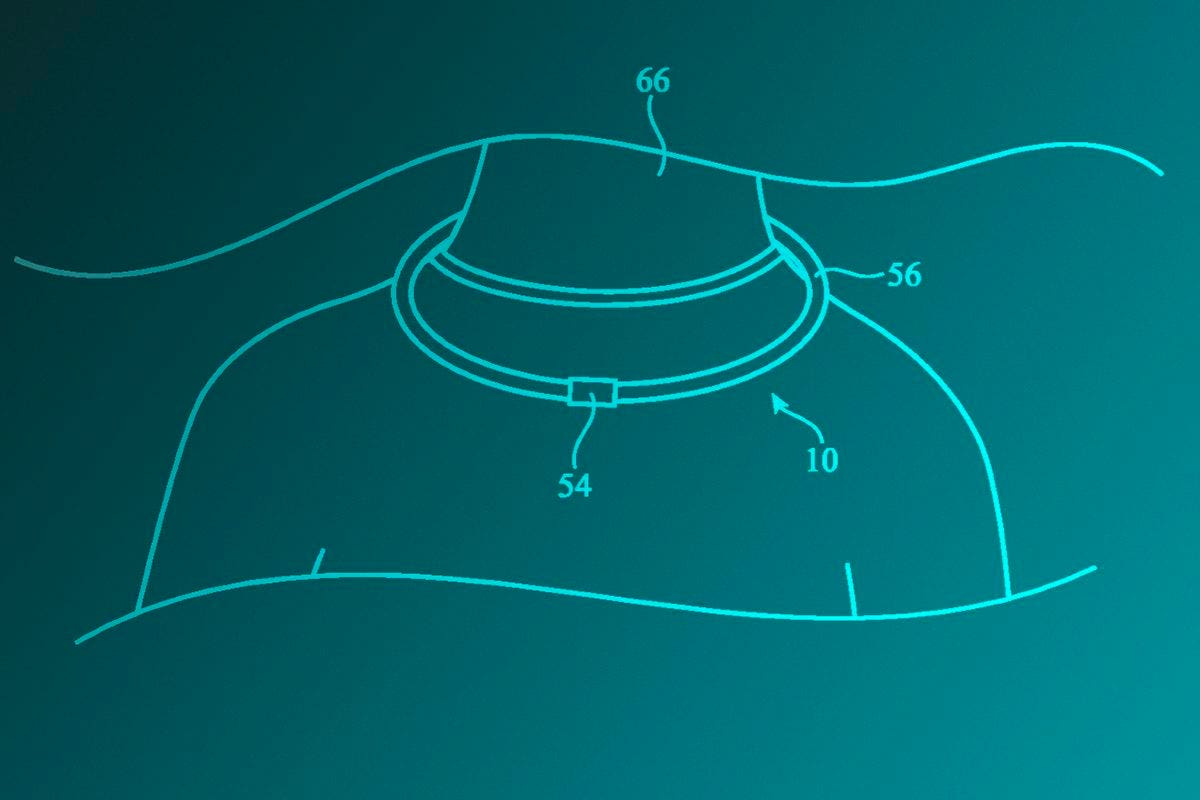Once upon a time a half decade ago, Shenzhen-based tech brands DJI and Insta360 each dominated a respective field: the former made airborne drones, the latter 360-degree cameras. But about two to three years ago, the two brands’ products began to overlap: both manufactured similar performing action cameras and gimbals. Reliable rumors say Insta360 is soon entering the drone space, but before that happens, DJI has already ventured into Insta360’s category with the release of its first 360 camera, the Osmo 360.
For a first attempt, the Osmo 360 is very polished, and already does a few things better than the current 360 camera king, the Insta360 X5. For one, the Osmo 360 has larger image sensors, a pair of 1-inch cameras that together produce 8K resolution 360-degree videos at up to 60fps.
DJI’s Osmo 360 (left) and Insta360 X5 (right)
Ben Sin
The second advantage in favor of the Osmo: it has 105GB of built-in, usable internal storage (with the ability to add more storage via MicroSD card); the Insta360 X5 has no internal storage and must use a memory card.
Number three, the Osmo 360 plays nicer with DJI’s wide ecosystem of products. For example, the Osmo 360 connects natively to DJI’s Mic 2 and Mic Mini, and the Osmo 360 uses the same magnetic quick release mount and battery as DJI’s action cameras. Insta360, despite having a wide library of products, doesn’t do as good a job in terms of cross device connectivity. For example, the X5’s battery only works for the X5, and there is no universal mount for multiple Insta360 cameras.
But it’s not all one-sided: the Insta360 X5 has a couple of major advantages: it has swappable lenses, so if you damage a lens surface, you can swap the lens out instead of needing to buy a whole new camera. The Osmo 360 does not offer removable lenses.
The Osmo 360 does not have removable lenses.
Ben Sin
And while DJI’s 360 camera has technically better hardware, I find footage captured by both to be pretty much neck-and-neck in technical qualities. Even in low light situations, I can’t really see where that larger sensor is benefitting DJI’s camera. You can see in side-by-side comparisons in the embedded video.
This is likely due to Insta360 having superior software processing for now. This shouldn’t be a surprise, considering Insta360 has been making 360 cameras for seven or eight years, while DJI is new to the game.
Still, considering how established DJI is as a company, I have no doubt its software will catch up to Insta360 eventually — it’s just a matter of whether it takes a few weeks or few months.
The DJI Osmo 360 is priced at around $550 for the base package including just the camera and a pouch. There are multiple higher-tier packages, including the one I reviewed: a $750 kit that includes the camera, two extra batteries, a battery charging case, and a selfie stick. This is the kit most creators should go for. This price is a bit steep, but I do think solo content creators or adventurers will find the investment worth it for their workflow. Still, as of the time of this writing, I’d still lean towards the Insta360 X5 as the best all around 360 camera, for now.








